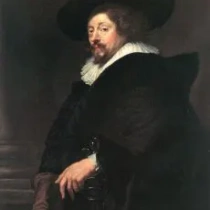 1577 - 1640
baroque
1577 - 1640
baroque
Description Peter Paul Rubens
Peter Paul Rubens, born in 1577 in Siegen, Westphalia (now Germany), embodied the Baroque spirit of the Southern Netherlands during a time of religious and political turbulence. His life unfolded as a tapestry woven with artistic brilliance, diplomatic finesse, and an unwavering commitment to elevating the visual arts.
Rubens' formative years were marked by a cosmopolitan upbringing, studying in Antwerp and immersing himself in the vibrant cultural exchanges of the Southern Netherlands. His early exposure to the works of Titian and Caravaggio laid the foundation for his dynamic, Baroque style.
Rubens' artistic career blossomed in Italy, where he absorbed the influences of Renaissance and Baroque masters. His stay in Rome exposed him to classical art and the dynamism of the Counter-Reformation. His paintings, such as "The Elevation of the Cross" and "The Descent from the Cross," demonstrated a fusion of emotional intensity and classical composition.
Returning to Antwerp, Rubens established a prolific workshop, producing an extensive body of work ranging from grand altarpieces to intimate portraits. His collaboration with assistants and pupils exemplified his organizational skills and the ability to meet the demands of a flourishing studio.
Beyond his artistic pursuits, Rubens navigated the complex political landscape of his time. Serving as a diplomat, he engaged in negotiations that aimed to bring about peace during the Eighty Years' War. His diplomatic acumen facilitated meetings with monarchs and statesmen across Europe.
The Baroque master's versatility extended to his personal life. His marriage to Isabella Brant and, later, to Hélène Fourment, provided domestic stability amid his multifaceted career. His family life is immortalized in portraits such as "The Rubens Family."
Rubens' influence rippled across courts and artistic circles, earning him prestigious commissions from European royalty. His diplomatic missions continued, with King Philip IV of Spain recognizing the artist's diplomatic prowess.
Rubens' legacy is etched in the grandeur of his compositions, characterized by robust figures, vibrant colors, and a masterful command of light and shadow. His impact on the Baroque style and his ability to seamlessly merge classical influences with the dynamism of his era secured his place as a titan of European art.
Peter Paul Rubens passed away in 1640, leaving behind a legacy that transcends borders and epochs. His art remains a testament to the exuberance and grandeur of the Baroque period, while his diplomatic endeavors exemplify the interconnectedness of art and the broader currents of history.
Gallery
Paintings Peter Paul Rubens
Quotes
I am not a historical painter. History is for human time; my motives are eternal.
The light which puts out our eyes is darkness to us. Only that day dawns to which we are awake.
The works of the great masters always return to us as after a long love affair, fortified, broadened, enriched
I cannot say how I paint, but I paint.
The more the variety, the better the picture.
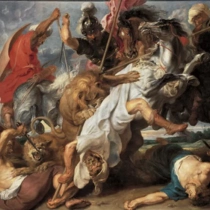
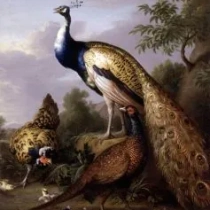
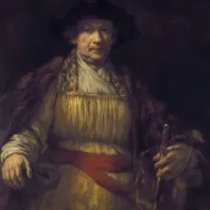
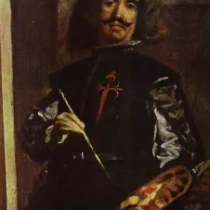
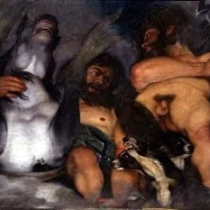
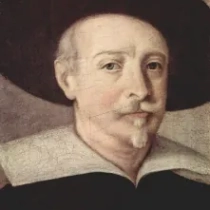
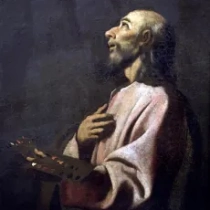
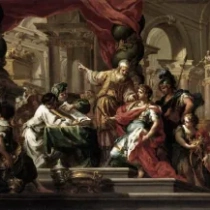
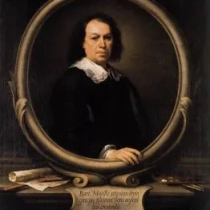

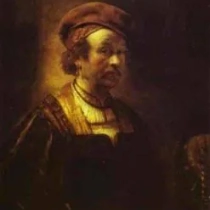
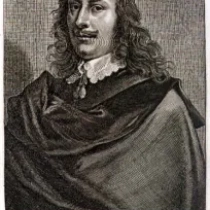
No Comments Yet...